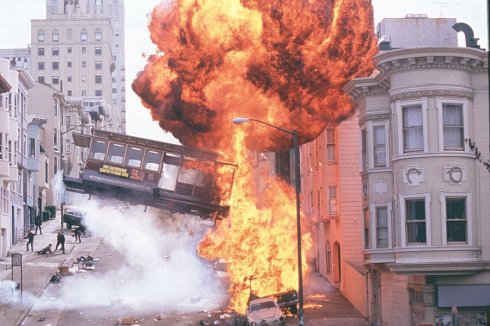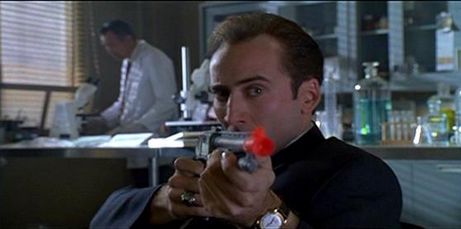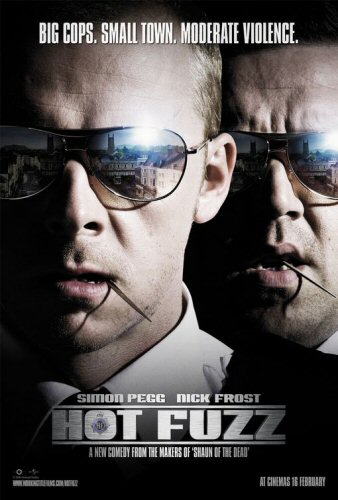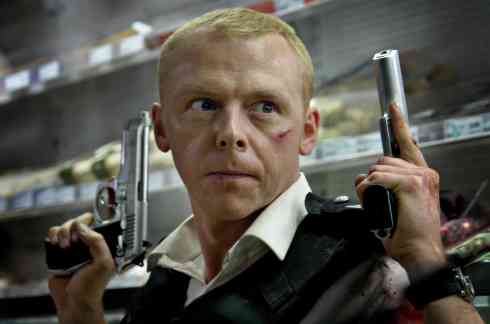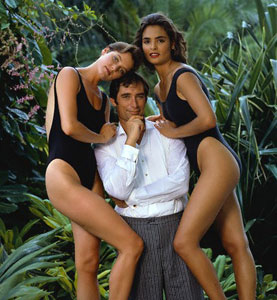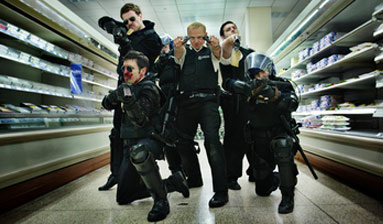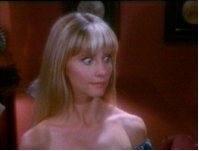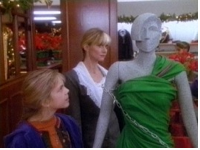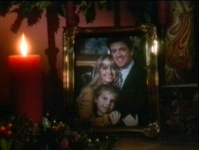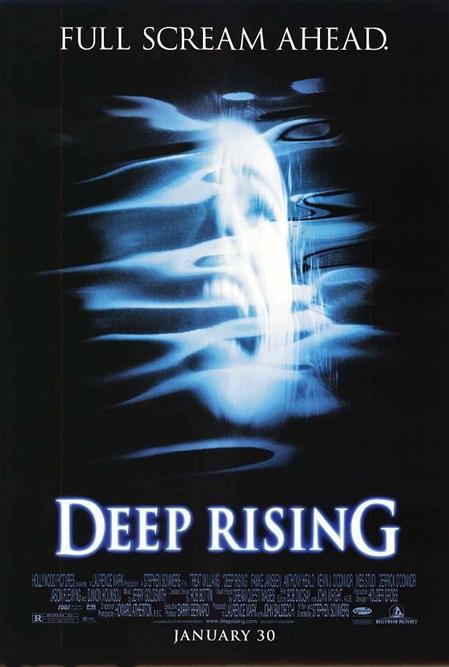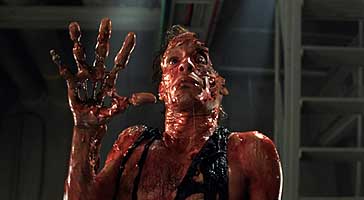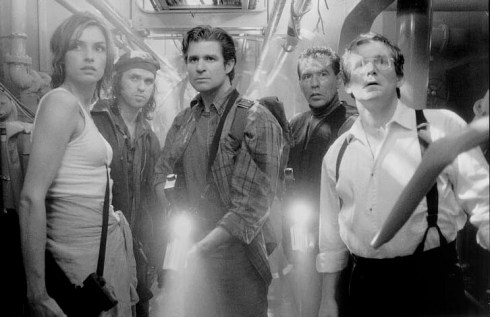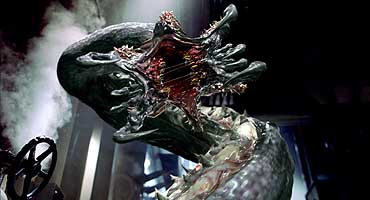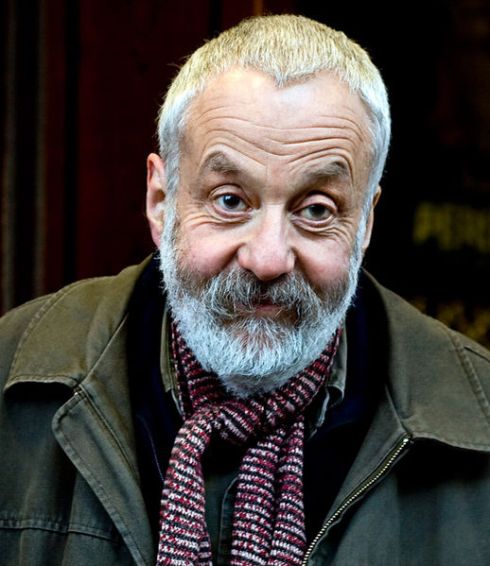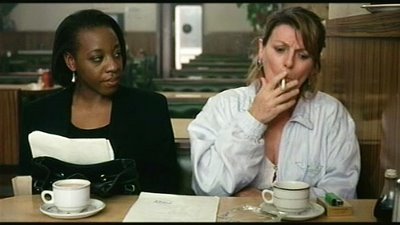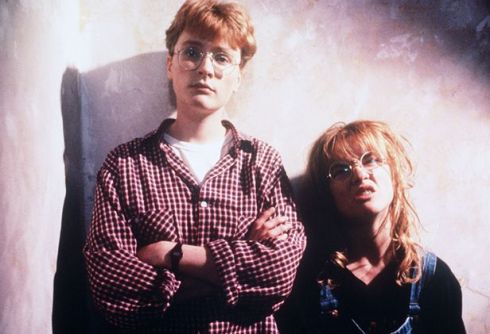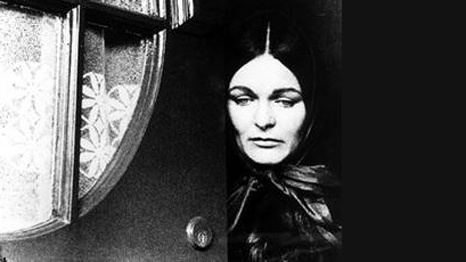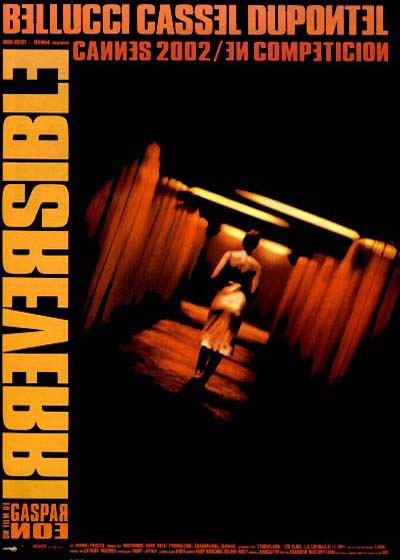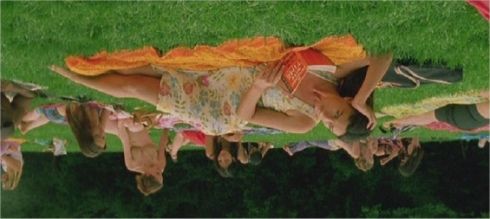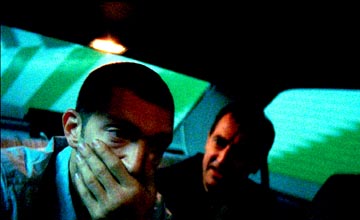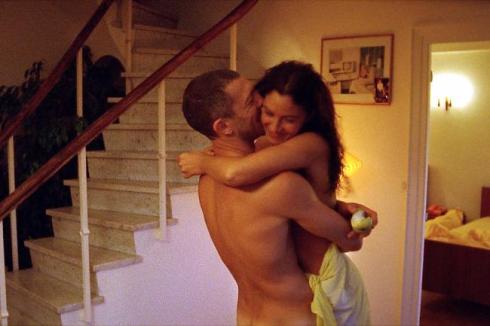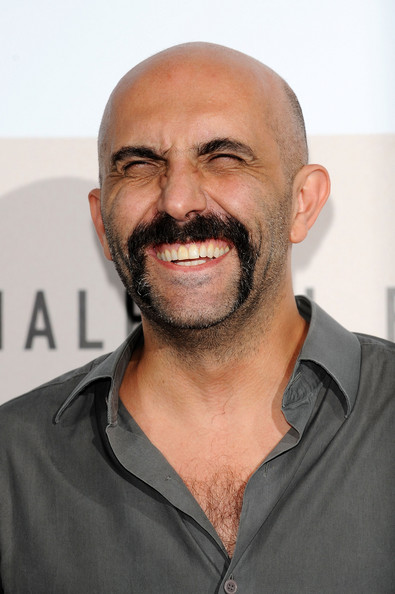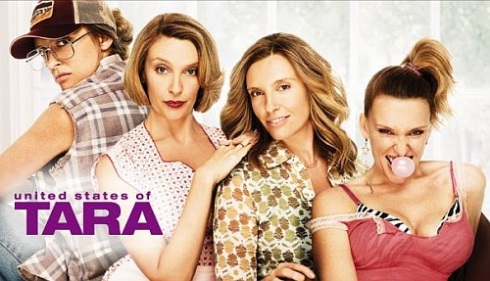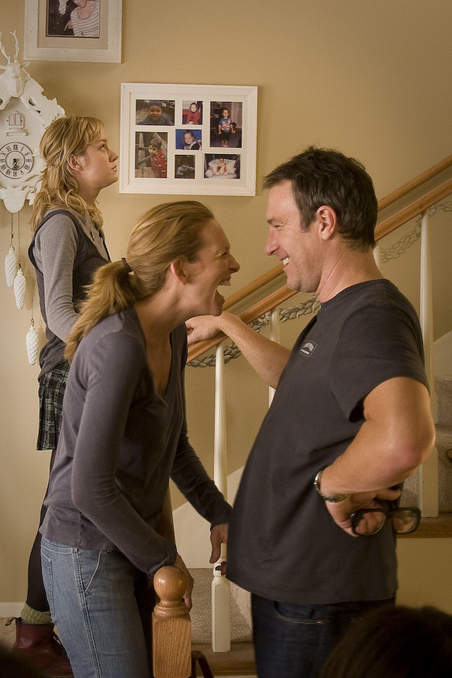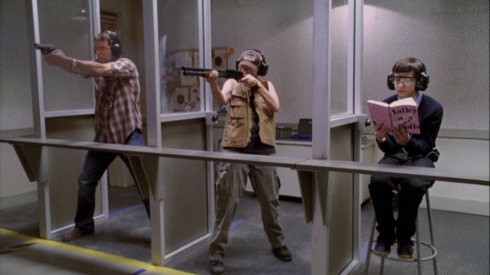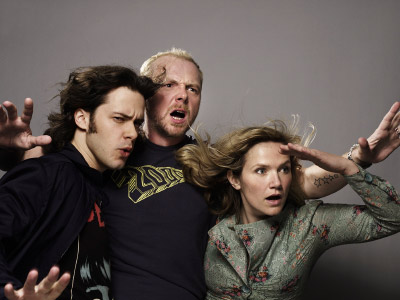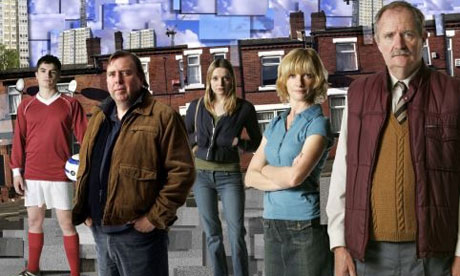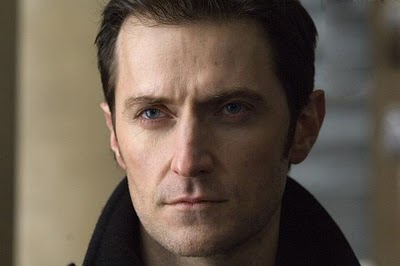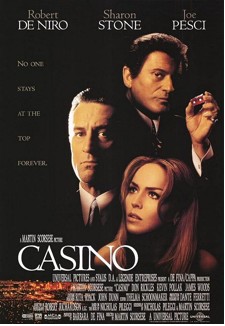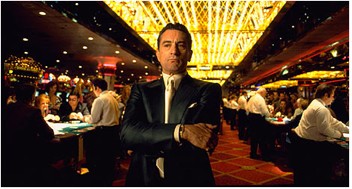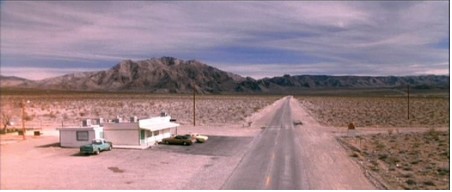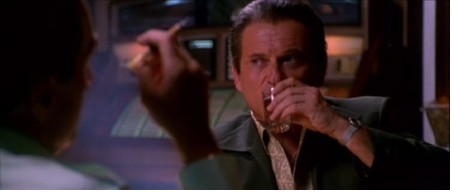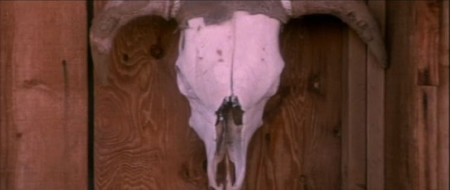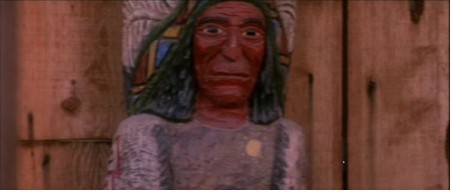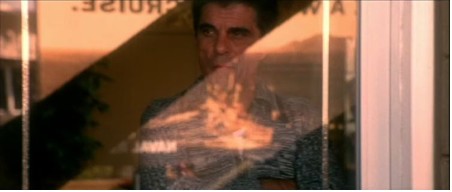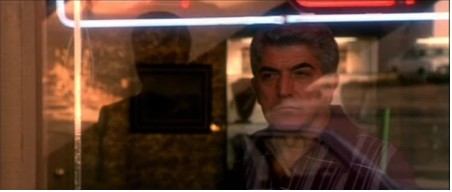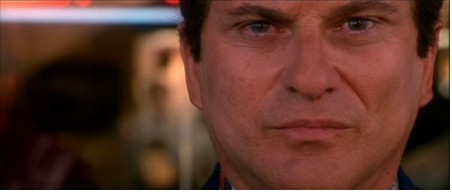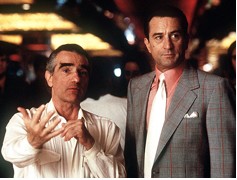Welcome back to WHY I ADORE…!
Hope you’re enjoying this second season of pieces as much as I’ve dug receiving and reading them! I just love hearing people’s passion for filmed works – and practitioners thereof – that inspire, enrich or just flat-out entertain them. Speaking of which, why don’t you get yourself a drink, pull up a couch and get ready for…
This month’s Adorer is JAKE CHRISTIE, a writer living in Portland, Maine. A Media Studies graduate from the University of Southern Maine, his work has appeared in such publications as Yankee Pot Roast, Word Riot, 365 Tomorrows, Weirdyear, Points in Case, and FACE Magazine. In addition to this, he started a film company with some college friends called Tasty Dude Films, specialising in short films and music videos, including the prize-winning short “Tea Party Hijinks” and their music video for Grand Hotel’s “Walken”, featured in Maine’s Dispatch Magazine. Currently working on a first feature based upon a short story he co-wrote, you can find out more about Jake and his writing at http://www.jakechristie.com and http://www.tastydudefilms.com.
The film he’s adoring this week is a 1990s action classic with one of the best casts ever assembled for the genre, and underwent a dialogue polish by no less a screenwriting luminary than Aaron Sorkin! As Connery’s John Mason says: (Ladies and) “Gentlemen, welcome to…”
I am not a very masculine guy. Despite my roots on a rural farm, I’m more comfortable with a pen than a hammer, more skilled with an XboX controller than a BB gun, and more interested in holding a Dostoyevski novel than a football. But somewhere in my caveman x/y-chromosome DNA, I have an aching need to see pistols in both hands and stuff blow up but good, and that’s why I adore THE ROCK.
Michael Bay’s 1996 blockbuster action masterpiece – yeah, I’ll say it – has a pitch so simple you can imagine the dollar signs spinning in the producers’ eyes: a prisoner has to break IN to Alcatraz! Not out, in! With explosions and guns! Throw in some A-list stars, get Hans Zimmer to write the soundtrack, start collecting pyrotechnic experts and you’ve got yourself a picture.
The prisoner breaking back in to the titular penitentiary is a British intelligence agent played by Sean Connery named James Bo– er, John Mason. Mason escaped Alcatraz in the 60s, but he’s spent the intervening decades in the warm embrace of an FBI prison. A group of All-American terrorists led by Ed Harris, who plays the role of General Hummel with such military precision that I will forever recognize the Oscar-nominated actor as “the bad guy from The Rock,” has taken a tour group hostage and is threatening to launch chemical weapons on San Francisco. The United States government needs Mason’s expertise on the prison’s layout in order to get a team of Navy SEALs into “the Rock”, along with overwrought chemical weapons expert Stanley Goodspeed, played by overwrought acting expert Nicholas Cage. Their mission: trade quips, cause incalculable property damage, and stop the bad guys.
Stopping the bad guys means action set pieces, and action set pieces means stuff blowin’ up but good. The Rock is such a quintessential action flick that its action scenes have been parodied and borrowed and turned into cliches, but here they’re utilized to awesome mid-90s effect. A car crashes through a plate glass window. Mano-a-mano boxing breaks out on an island that is seemingly filled with guns. Men run away from an explosion. Men leap away from an explosion. An explosion sends a San Francisco streetcar somehow, inexplicably, straight up into the air. If you stumble across The Rock on television, you know that you’re never more than 10 minutes away from somebody getting shot, stabbed, chased, flung, or exploded.
And while it’s far from an in-depth and scathing indictment of the American prison system, The Rock has a nice anti-authoritative theme running throughout. Ed Harris’ General Hummel launches his nerve gas distribution franchise to force the government into paying reparations to the families of soldiers killed under his command during secret ‘Black Ops.’ FBI director Womack, played with jowly sliminess by John Spencer, locked Mason away without a key and plans to do so again once his mission is complete. If the terrorists can’t be stopped, the “good guys” plan to napalm the island and kill everyone, including the hostages, rather than let their own dirty laundry be aired. Clandestine operations, secret assets, hidden bases, and double-crosses saturate the movie. Government agents and bureaucrats are clearly not to be trusted. Hell, they don’t even have guns!
Many action films are content to focus their attention and budget on the set pieces, letting an unimportant little element like “dialogue” get traded for dry or laughable exposition. THE ROCK, on the other hand, is infinitely quotable. Connery gets to deliver the poster-worthy “Welcome to the Rock,” and lambaste Cage’s lab rat with: “Losers always whine about their best. Winners go home and fuck the prom queen.” Much credit goes to Cage, however, for his manic style and his use of words like “gosh” and “a-hole” instead of curses. He has some of the most memorable exchanges, like when he asks a man threatening him with a knife if he likes Elton John, or when he tries to convince his captor that they should work together to disarm the chemical weapons so they don’t end up in “a glass jar or a plastic bag.” In a rare case of moviemaking algebra, the action scenes and the non-action scenes are equally fun to watch.
So THE ROCK has a clever concept, a great script, and some A-list cachet, not to mention gobs of money and some mind-blowing action sequences. So what? Why THE ROCK, when other blockbusters have the same elements? It’s not just because THE ROCK takes all of these things and puts them together effectively, nor is it just because it offers a nostalgic treat for my inner thirteen-year-old. It’s because every element of the movie is so perfect, so fine-tuned, that any replacement would make it a worse movie. Different composer? Not the same movie. Bruce Willis instead of Ed Harris? Not the same movie. Rikers Island instead of Alcatraz? Red smoke instead of green smoke? A BMW instead of a Ferrari? Any change, small or large, would damage the movie. Like a puzzle, everything fits into place so tightly that when you stand back from the complete picture, it’s hard to imagine that it could be put together any other way.
The Rock is pure escapism. It doesn’t say a lot about the human condition, or weave a story the likes of which the world has never seen. It can, however, take a not-too-masculine farmboy to a world where every five minutes a fist pump is prompted and every rough situation can be defused with a quip. And those explosions? They look damn nice.
They blow up but good.
– Jake Christie


